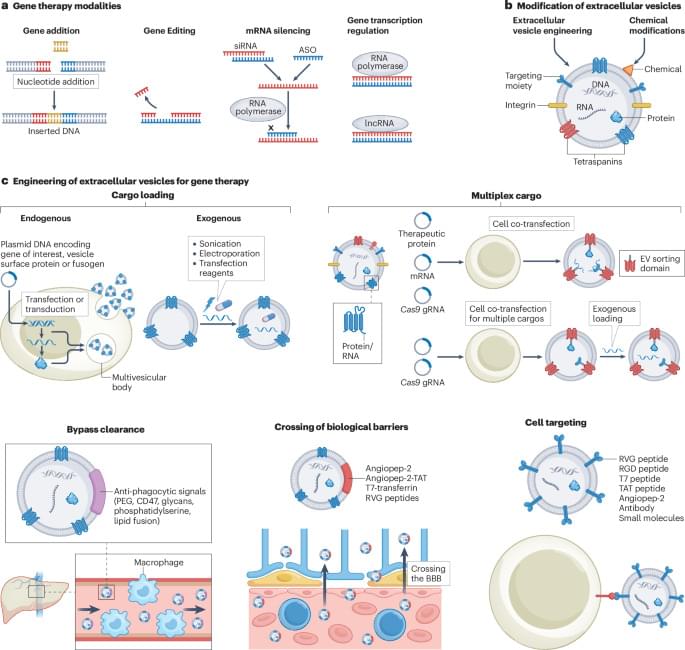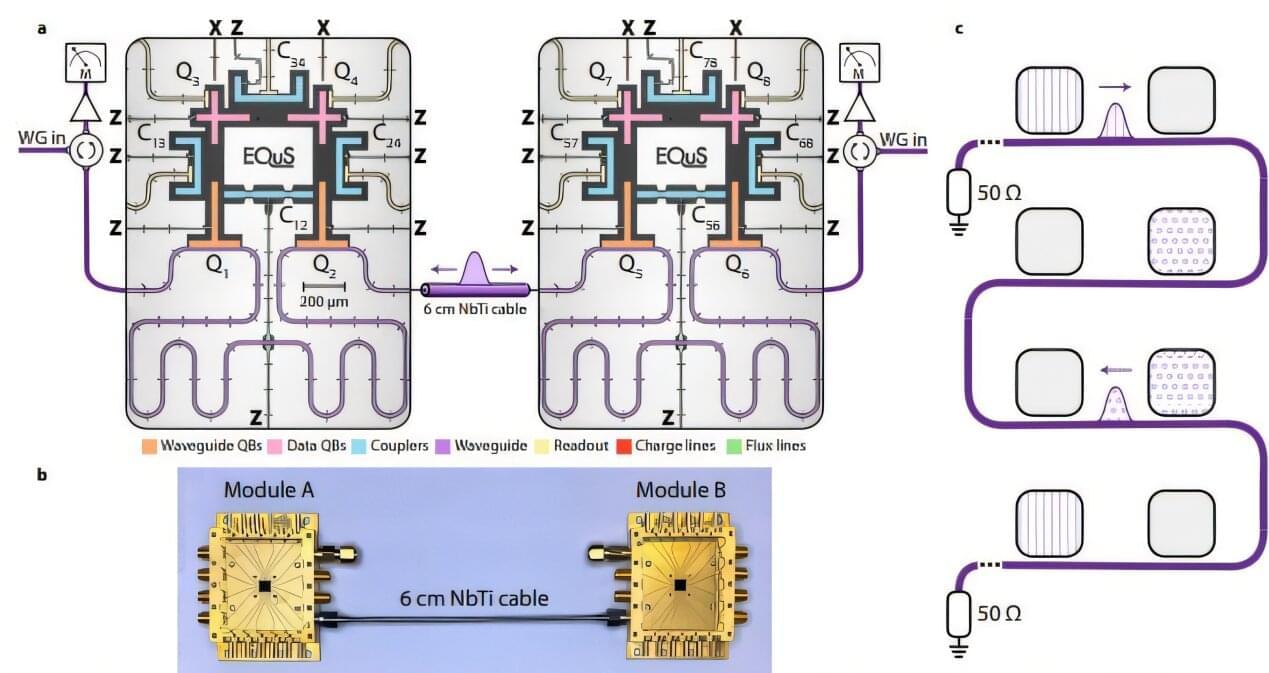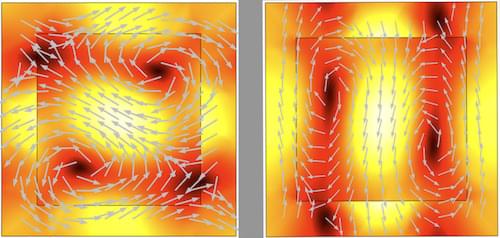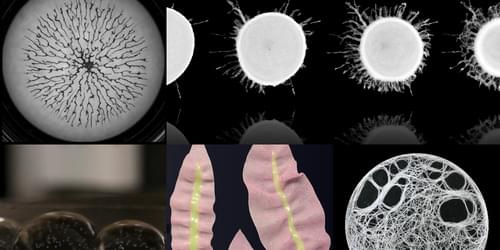Paralyzed patients in China regained mobility within 24 hours of groundbreaking brain-spinal implant surgery.




Quantum computers have the potential to solve complex problems that would be impossible for the most powerful classical supercomputer to crack.
Just like a classical computer has separate yet interconnected components that must work together, such as a memory chip and a CPU on a motherboard, a quantum computer will need to communicate quantum information between multiple processors.
Current architectures used to interconnect superconducting quantum processors are “point-to-point” in connectivity, meaning they require a series of transfers between network nodes, with compounding error rates.


Experiments support a controversial proposal to generate electricity from our planet’s rotation by using a device that interacts with Earth’s magnetic field.
“It seems crazy,” says Chris Chyba of Princeton University, talking about the hollow magnetic cylinder he has built to generate electricity using Earth’s magnetic field. The cylinder doesn’t move—at least not in the lab—but it rotates with the planet and is thus dragged through Earth’s magnetic field. “It has a whiff of a perpetual motion machine,” Chyba says, but his calculations show that the harvested energy comes from the planet’s rotational energy. He and his colleagues now report that 18 microvolts (µV) are generated across the cylinder when it is held perpendicular to Earth’s field [1]. Next they have to convince other scientists that the effect is real.
Chyba became interested in electricity generation about a decade ago while studying a possible warming mechanism in moons moving through a planet’s magnetic field. He wondered if a similar effect might occur for objects on Earth’s surface.


In human society, men tend to be seen as risk-takers, while women are seen as being more cautious. According to evolutionary psychologists, this difference developed in the wake of threats to each sex and their respective needs. While such generalizations are, of course, too binary and simplistic to faithfully describe complex and multifaceted human behavior, clearcut differences between females and males are often evident in other animals, even in simple organisms such as worms.
In a new study published in Nature Communications, Weizmann Institute of Science researchers showed that male worms are worse at learning from experience and find it hard to avoid taking risks—even at the cost of their own lives—and that allowing them to mate with members of the opposite sex improves these capabilities.
The scientists also discovered a protein, evolutionarily conserved in creatures from worms all the way to humans, that appears to be responsible for the different learning abilities of the two sexes.

Interstellar objects are among the last unexplored classes of solar system objects, holding tantalizing information about primitive materials from exoplanetary star systems. They pass through our solar system only once in their lifetime at speeds of tens of kilometers per second, making them elusive.
Hiroyasu Tsukamoto, a faculty member in the Department of Aerospace Engineering in the Grainger College of Engineering, University of Illinois Urbana-Champaign, has developed Neural-Rendezvous—a deep-learning-driven guidance and control framework to autonomously encounter these extremely fast-moving objects.
The research is published in the Journal of Guidance, Control, and Dynamics and on the arXiv preprint server.

A study led by the University of Portsmouth has achieved unprecedented precision in detecting tiny shifts in light displacements at the nanoscale. This is relevant in the characterization of birefringent materials and in high-precision measurements of rotations.
The quantum sensing breakthrough is published in the journal Physical Review A, and has the potential to revolutionize many aspects of daily life, industry, and science.
Imagine two photons, massless particles of light, that are intertwined in a unique way, meaning their propagation is connected even when they are separated. When these photons pass through a device that splits the particles of light into two paths—known as a beam-splitter—they interfere with each other in special patterns. By analyzing these patterns, researchers have developed a highly precise method to detect even the tiniest initial spatial shifts between them.